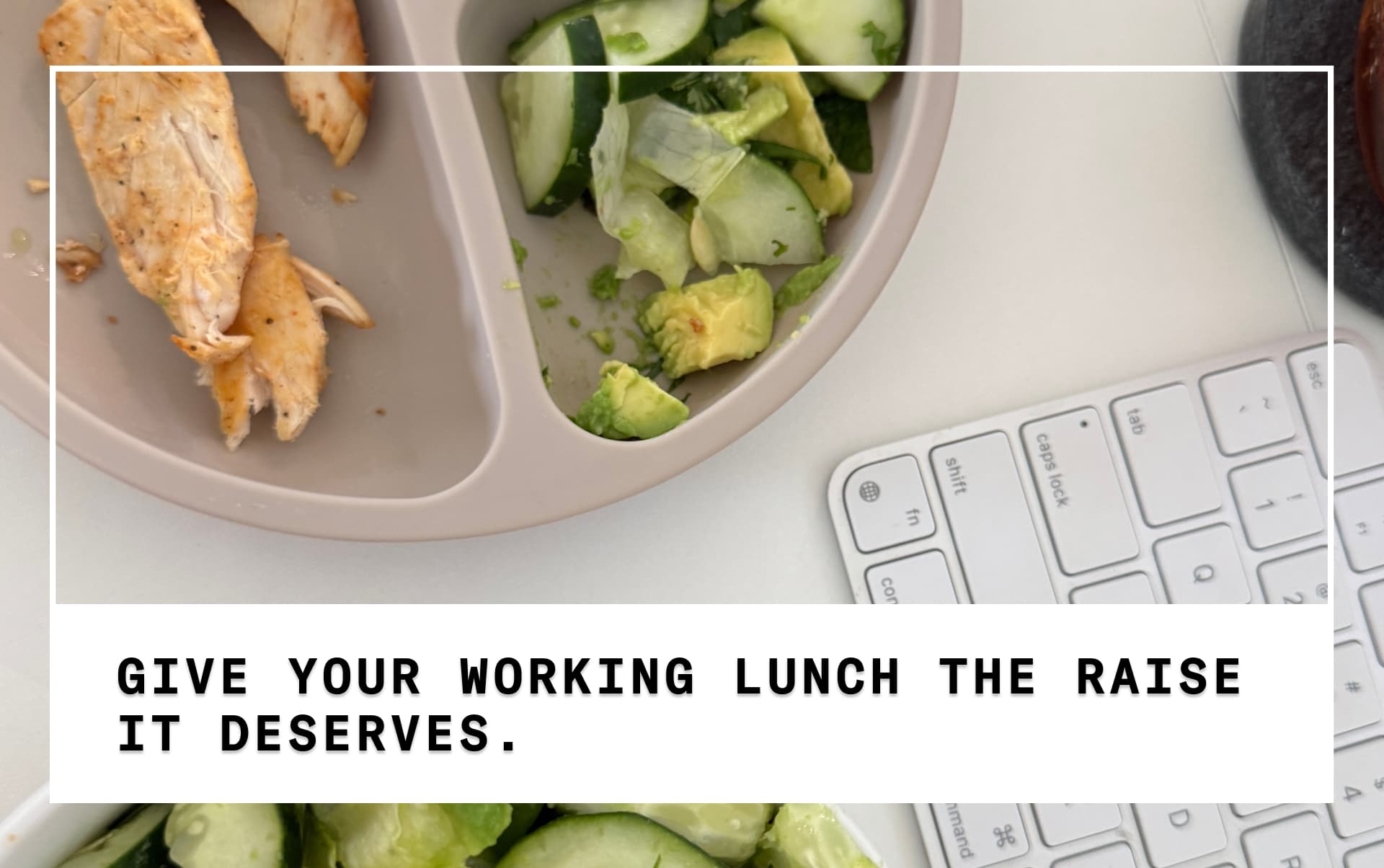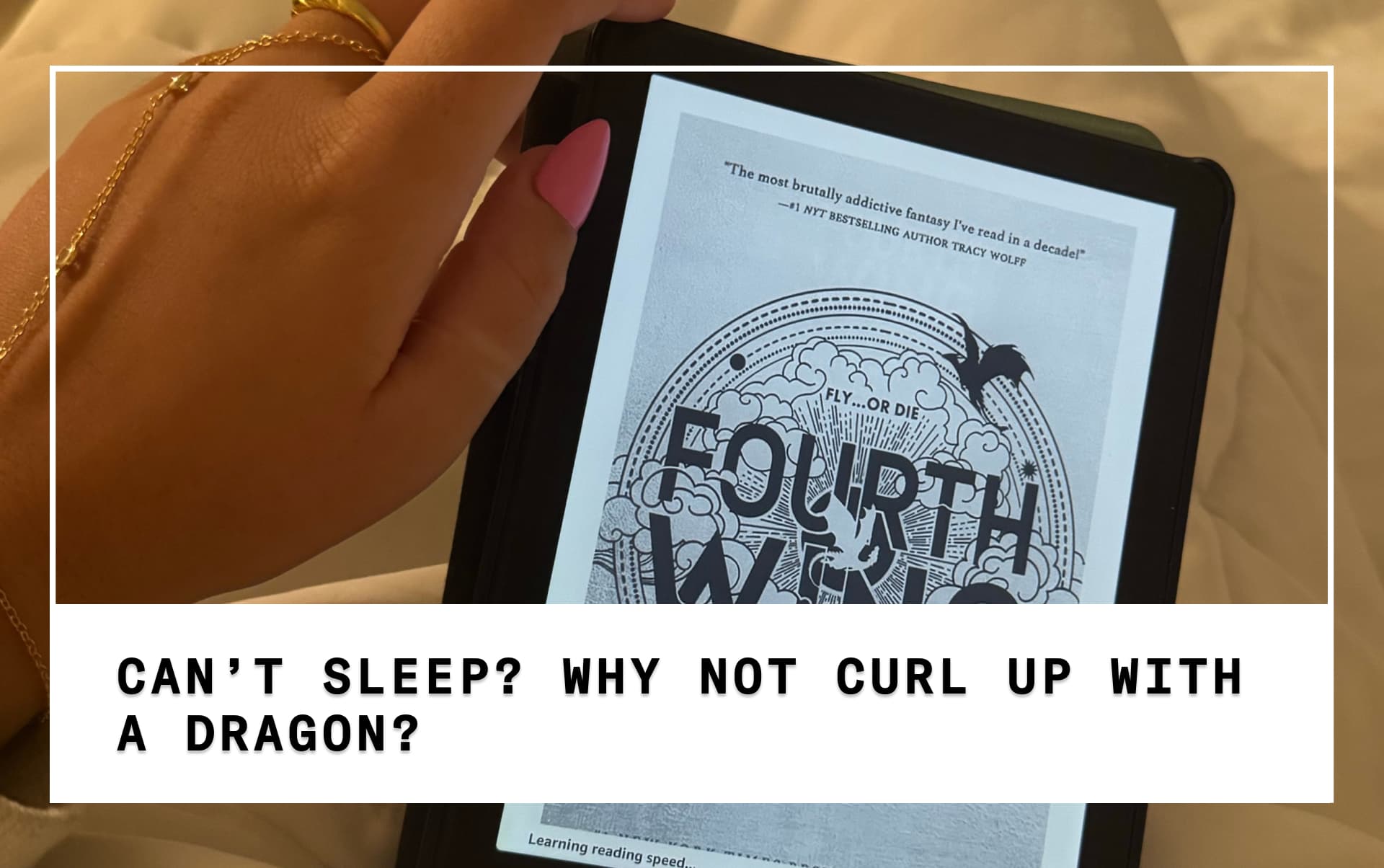Let's Face It
I’m a millennial mom who grew up hoarding Beanie Babies and trading pogs — so yeah, that tells you roughly how long I’ve been around. But until recently, my skincare involved water and a swipe of sunscreen. Meanwhile I’m raising a tween who can pronounce “niacinamide.” She’s a part of Gen Alpha, which could easily be short for alpha hydroxy acid, much to dermatologists’ dismay.
The irony of making it to perimenopause without so much as a serum in my medicine cabinet — at a time when “Sephora kids” are already reaching for antiaging retinols — is not lost on me. However, I’m realizing it’s time to level up. I know the science (years as a health writer will do that), but it hits different when we’re talking about my face and my money.
While I’m simultaneously dipping into my own “skincare journey” and reminding my 10-year-old the best glow up comes from sun protection, sleep, and plenty of fruits and veggies, here’s what’s on my cheat sheet:
Good-skins-starts-within advocates are reaching for bovine colostrum, the nutrient-dense “first milk” cows produce after giving birth. If you want to try the hype for yourself…. dietitians recommend starting here.
Searching serum labels for tranexamic acid, since it can play so well with vitamin C to brighten and even out skin tone.
Adding these collagen-rich foods to my diet to help naturally spur production, which slows as we age, and support my skin on a structural level.
Thanking queen Simone Biles for keeping things real and not trying to convince us she’s just using a new eye cream.
If you also have a skincare-obsessed tween, make sure you know what they’re putting on their face.
— Anna “Ready for My Makeover Montage” Davies, writer
What's Making the Rounds

In a “sad desk salad” rut? These 10 RD-approved recipes will perk up your lunch routine.
Welcome to stuffy nose season! But before you take that decongestant… make sure it won’t make you sicker.
We see your bed rotting and raise you the viral “potato bed.” Perfect way to relax and unwind.
Research shows the quick caffeine fix that is instant coffee may be linked to long-term vision issues.
The answer to who’s potentially got a cognitive edge — night owls or early birds — is not what we expected.
This gruesome medicine-by-mail mix-up is the stuff of nightmares (or Martin Scorsese movies).
If you’ve used any of these five phrases, you’re probably overindexing on emotional intelligence.
“Ozempic pelvis” is the GLP-1 side effect this physical therapist says people aren’t talking enough about.
Wake Up Call

Remember when “falling asleep” felt like a passive experience? You’d flop onto your bed (maybe still in your going-out top) and wait for sweet oblivion to embrace you. Now, bedtime feels more like prepping for a mini expedition: white noise machine, eye mask, lavender sleep spray… and for countless Americans, a melatonin gummy or two.
Researchers found melatonin usage by US adults more than quintupled from 1999 to 2018 (and that was before sleep quality tanked for many during the pandemic). One survey revealed that nearly two-thirds of respondents have used melatonin to help them sleep — and another set of stats says four in 10 take it daily. The trend isn’t limited to adults, either: It’s on the rise amongst school-aged kids as well.
Yes, melatonin is the Taylor Swift of sleep aids right now. But its popularity doesn’t mean it’s the harmless fix many assume. A new study linked regular use to a 90% higher risk of heart failure in insomniacs. The research doesn’t prove melatonin causes heart problems (people with underlying conditions often struggle more with sleep), but doctors advise caution.
What is melatonin? A hormone created by your brain’s pineal gland, melatonin regulates your circadian rhythm. Artificially produced versions can mimic its effects, which is why they’re in demand to help deal with sleep issues.
Got it. So melatonin is “natural,” right? Yes, when it’s being made by your brain, not so much when it’s mass produced in a lab. Something to note: Some brands contain different amounts than the dose on the label, which can throw your sleep-wake cycle off even more.
What about other sleep aids? It depends. Cannabis, for example, may actually lead to more wake ups and less restful nights, especially if used regularly.
For Your Sanity:
Develop good sleep hygiene. The “10-3-2-1-0” technique is a great place to start. And it may sound counterintuitive, but if you’re having trouble falling asleep, first look at your morning routine.
Shake up your strategy. Try teas for better sleep, or nighttime snacks that contain nutrients like tryptophan and magnesium, both of which help your body naturally create melatonin.
If you’re really struggling, book a checkup. Persistent insomnia or snoring could point to a more serious condition, like sleep apnea, which new research links to brain microbleeds — so not something you want to sleep on.
Q: Are red-light masks legit — or just expensive mood lighting?
FEATURED EXPERT:

Brandon T. Beal
Founder, Mohs surgeon, facial plastic surgeon, and board-certified dermatologist at St. Louis Dermatology & Cosmetic Surgery
A: "Red-light therapy helps your skin do what it’s naturally designed to do: heal and repair itself. It's not plastic surgery in a box. Think of it more as strength training for your skin: Over time, it can help it stay stronger and more resilient.
When choosing a device, look for one that lists specific wavelengths — the best are 660 and 630 nm. The 630 wavelength works closer to the skin’s surface. It’s great for calming redness and soothing irritation. The 660 wavelength goes a bit deeper, helping to boost collagen and support skin repair. Together, they help your skin glow, reducing inflammation and building collagen."
PS: Here are 15 recommended red-light devices, tested by dermatologists.
Is This Safe to Eat?
If it’s not the possibility of metal in soda, it’s another foodborne illness making headlines. Last month, listeria continued to be linked to ready-made pasta meals. Last week? A peach recall. And with the CDC recently scaling back FoodNet — a system that tracks such outbreaks — that means fewer safety nets to trace contaminated foods before they reach your fridge.
That’s especially concerning because listeria isn’t your average stomach bug. The bacteria can cause serious infection, particularly for pregnant people, newborns, older adults, and those with weakened immune systems. Symptoms can include fever, muscle aches, nausea, or diarrhea.
To reduce your risk, scrub fruits and veggies thoroughly, cook meats and ready-to-eat foods to safe temperatures, avoid unpasteurized milk or soft cheeses, and clean your fridge often to avoid the meat juices (sorry) listeria love to hang out in. When in doubt, you may want to bookmark this recall alert page so you can cross-check before you chow down.
The Unsung Appliance That Makes Winter Bearable
Reliable, low-maintenance, and quietly essential, humidifiers are the Luke Danes of home appliances. They may not make a big fuss, but when the air turns dry and your skin starts flaking, they show up — flannel on, hat backwards — and make everything more comfortable.
Here’s the full list of the best humidifiers, according to experts.
Subscribe to Skimm Well
Sign up here to receive our wellness newsletter filled with actionable advice, expert-vetted content, product recs, and more — delivered directly to your inbox.
